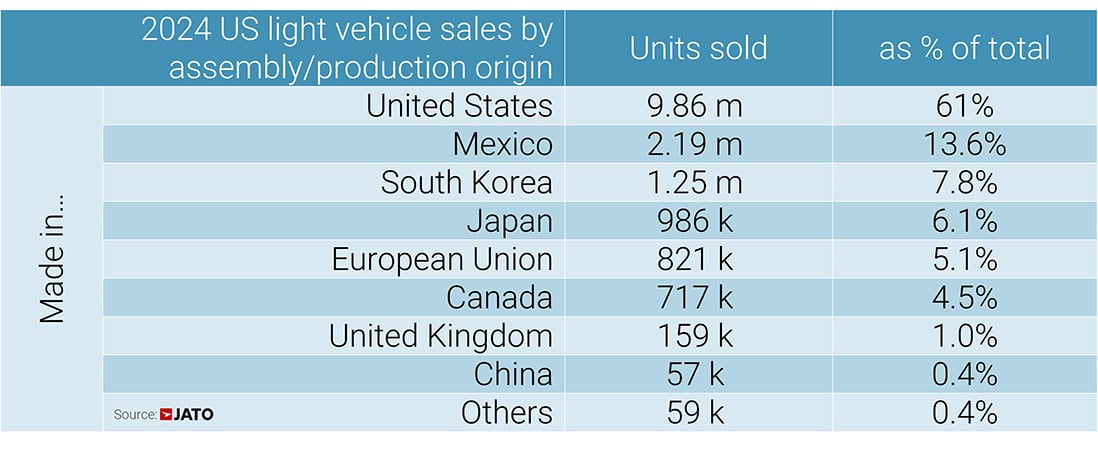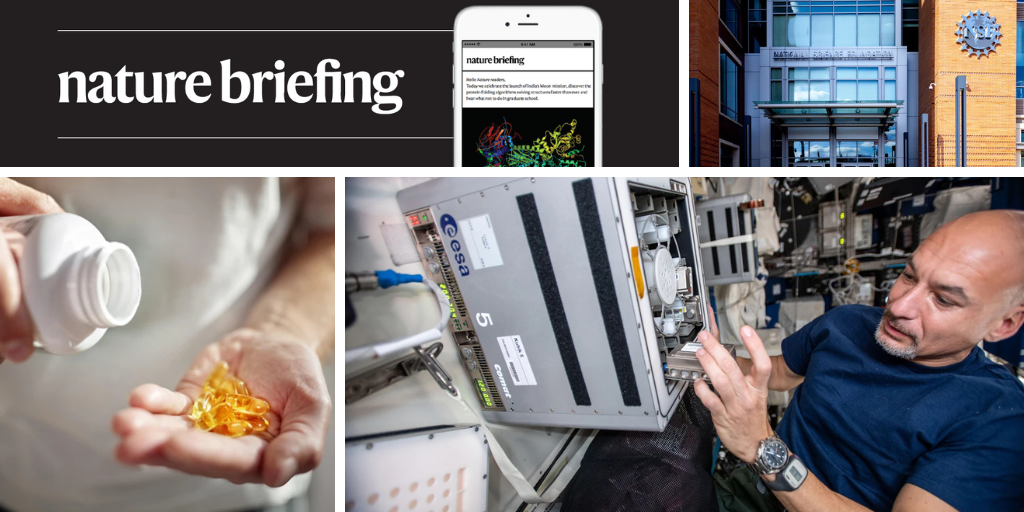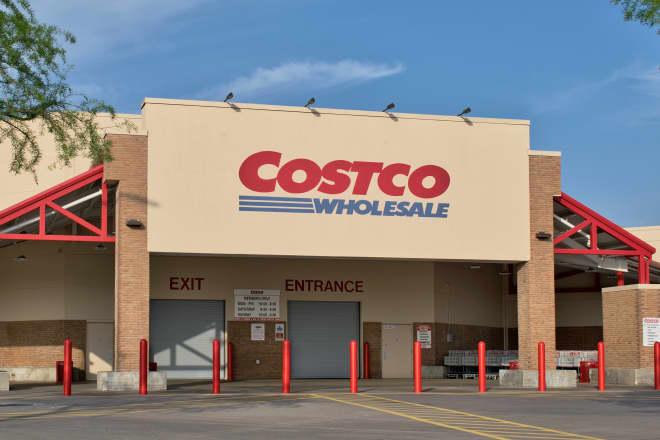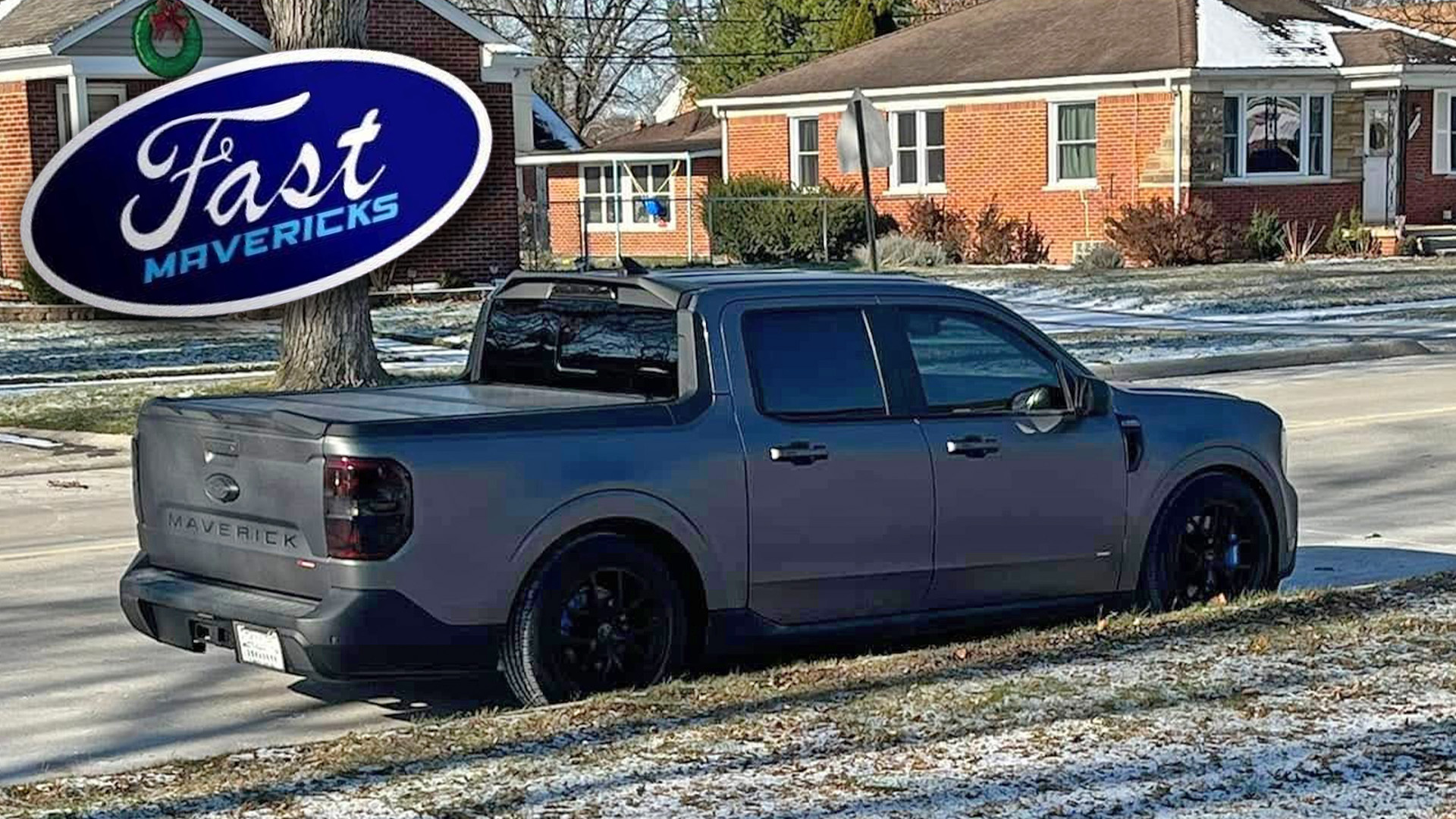Gas War: Trump Admin Prepares For Second Attempt At Fuel Rollbacks, EV Subsidy Cuts
Sean Duffy, the United States’ newly appointed Transportation Secretary, has asked that the National Highway Traffic Safety Administration (NHTSA) review the current fueling regulations. The Trump administration looks to be preparing to take another run at rolling back U.S. emission rules as part of a broader push to deregulate key industries.


Sean Duffy, the United States’ newly appointed Transportation Secretary, has asked that the National Highway Traffic Safety Administration (NHTSA) review the current fueling regulations. The Trump administration looks to be preparing to take another run at rolling back U.S. emission rules as part of a broader push to deregulate key industries.
We covered Trump’s attempt to rollback fuel economy standards during his first term extensively in the past. Those seeking additional context are welcome to browse the multitude of articles we’ve already published on the topic or how California lawsuits stymied the plan. But the reasoning behind the agenda, according to the Trump administration, remains the same as before.
Donald Trump believes that the current U.S. emissions regulations are driving up automotive prices, limiting consumer choice, and encouraging automakers to outsource domestic production. There are certainly arguments to be made in support of those claims. Modern vehicles are very clearly out of whack with what consumers presently want and the industry continues exploiting loopholes in U.S. fueling regulations that have encouraged them to prioritize increasingly large SUVs and pickup trucks carrying similarly bloated MSRPs.
Those things are inarguably happening. What’s less clear is whether or not the changes being proposed by the Trump administration will actually solve the problem. Transportation Secretary Sean Duffy certainly seems to believe it will and has ordered a revamp of America’s fuel economy rules that lines up with what the Trump administration attempted to accomplish years earlier.
Duffy has directed the NHTSA to review fuel economy standards after the 2022 model year. The obvious goal is to roll back the stringent mandates put in place by the Obama administration and subsequent advancement by the Biden administration that prioritize all-electric vehicles. Current CAFE requirements stipulate that automakers need a fleet-wide average of 50.4 miles per gallon by 2030 (MY 2031) or face financial penalties from the government.
Opponents have claimed that this is a de facto electric vehicle mandate and Biden himself had stated that he wanted to see the United States pivot to EVs as quickly as possible. Criticisms have also been thrown at government subsidies, which have obviously encouraged automakers to prioritize development of EV as the expense of traditional combustion engines. With electric models typically carrying around higher price tags, many are now wondering how any of the above actually helps the average American driver that statistically cannot afford to buy a brand-new automobile anymore.
Trump has made similar claims and likewise wants regulators to revisit these subsidies, with the objective being eliminating some of them to curb government spending. Similar directives are assumed to be given to the Environmental Protection Agency (EPA) in the coming weeks. The White House has made it clear that it doesn’t want the government to prioritize any one vehicle type in the hopes that the industry will be able to sell them. It instead claims to want a mixed market where automakers have more leeway to produce cheaper, traditional automobiles with lower price tags.
We’ve been seeing the industry pulling back on EV sales targets over the last couple of years. But this is more the result of sales figures not keeping pace with projections. Electric vehicle volumes do indeed continue increasing annually. But it’s not happening at a pace that would have them make up over half of new vehicle sales by 2032 — something the EPA has suggested could happen in the past under the Biden White House.
But automakers have severely overestimated the take rate of their all-electric models for at least the last decade. Prior to that, we were being told that hydrogen power would be the path forward and it has performed significantly worse than EVs have. It’s hard to imagine automakers reaching their sales targets for electric cars even if regulations remain as they are today.
Obviously, that’s not going to happen. Trump absolutely wants to push through changes that were previously blocked by California and allied Democrats. It likewise seems plausible that the White House will once again seek to revoke waivers issued to The State of California to set its own emission rules in regard to how much pollution vehicles are legally allowed to produce at the tailpipe.
California has already decided to set a firm timeline to ban the sale of combustion vehicles and has seen support from roughly a dozen like-minded states with Democrat leadership. The concern here is that this would either divide the U.S. market or simply force automakers into primarily building EVs in order to cater to markets with the strictest emission laws — potentially resulting in fewer models that cater to regions that are less interested in all-electric vehicles.
Based on how things went before, we expect the Trump administration to see roughly the same amount of push back on the second attempt. But there is likewise more evidence that subsidizing electrification since 2008 hasn’t come without issues. Despite automakers offering more hybrid and all-electric models, vehicles have gotten much larger and heavier over the last twenty years. This has negatively impacted the intended practical fuel economy improvements while making it seem as though every automaker has made major strides in reducing emissions.
When the Trump administration makes its formal pitch to reduce fuel economy targets and emission regulations, it’s assumed to bring up the above as part of its rationale. Additional concerns will assuredly be voiced on how modern safety regulations and emission loopholes have created a potentially dangerous disparity in mass between new and older vehicles, potentially increasing the severity of accidents.
But the keystone issue is pricing. The average cost of a new vehicle is simply out of reach for the typical American right now and the matter is made worse by the industry fielding so many new models with features most people don’t even seem to want. We doubt that Trump will bother getting into advanced driving aids, distracting infotainment systems or endless safety inclusions that encourage product bloat. However, it’s an absolute guarantee that the White House will publicly argue that it can gradually lower the cost of vehicles by giving manufacturers leeway to prioritize the sale of smaller automobiles with less mechanical complexity.
Once the White House has issued similar directives to the EPA that it has to the Department of Transportation, a public statement regarding the planned rollbacks will follow. Odds are decent that months, if not years, of political lawfare will follow — potentially creating a repeat scenario where millions in taxpayer dollars are used to effectively block any changes from taking place.
Automakers have thus far been neutral on the above strategy when speaking publicly. However, most have historically attempted to play both sides. Some of the same brands that came to Trump to request reductions in corporate fuel economy standards during his first term later sided with California in vowing to adhere to its stringent emission targets. While speculative, it seems likely that the industry will be opposed to any measures that will reduce available subsidies. Deregulation likewise runs the risk of allowing smaller automakers to become more competitive, which the larger entities won’t like.
But it also means companies have more leeway in terms of the kinds of vehicles they’ll be allowed to produce moving forward. Considering that sales projections haven’t been particularly heartening of late, the industry may be happy to entertain any scenario that helps them avoid risking bankruptcy further down the line. That said, development cycles are quite long and any changes incurred now likely won’t manifest in terms of product for several years. By then, the United States may have new leadership and we’ll be right back to where we started.
It also needs to be noted that it was the automakers themselves that prioritized high-margin vehicles. While government actions undoubtedly influenced product mix and vehicle requirements, plenty of those were things the industry claimed to have wanted in order to improve profitability and bolster stock value. Even if the Trump strategy succeeds without a hitch, automakers will still need to find ways of tamping down MSRPs and building vehicles that resonate with their clientele.
[Image: Elen Nika/Shutterstock]
Become a TTAC insider. Get the latest news, features, TTAC takes, and everything else that gets to the truth about cars first by subscribing to our newsletter.














































































